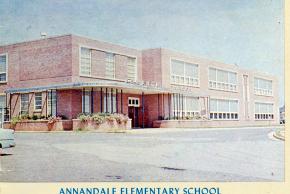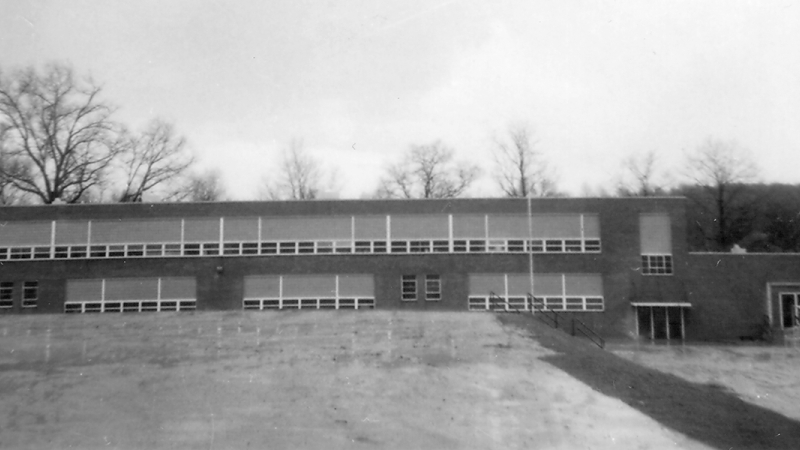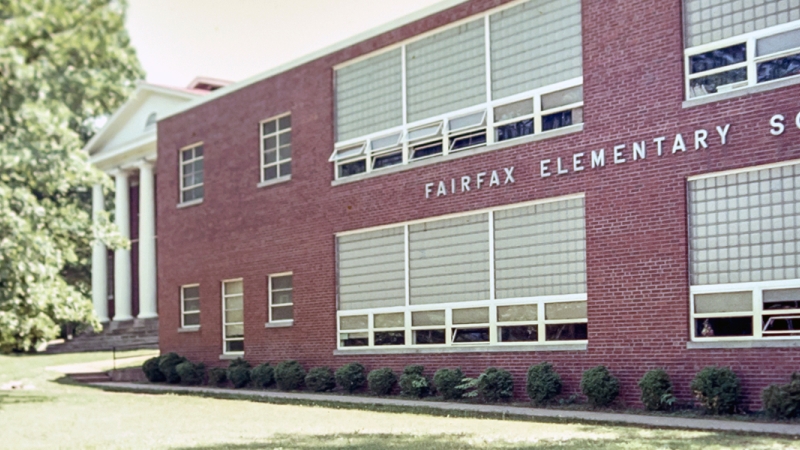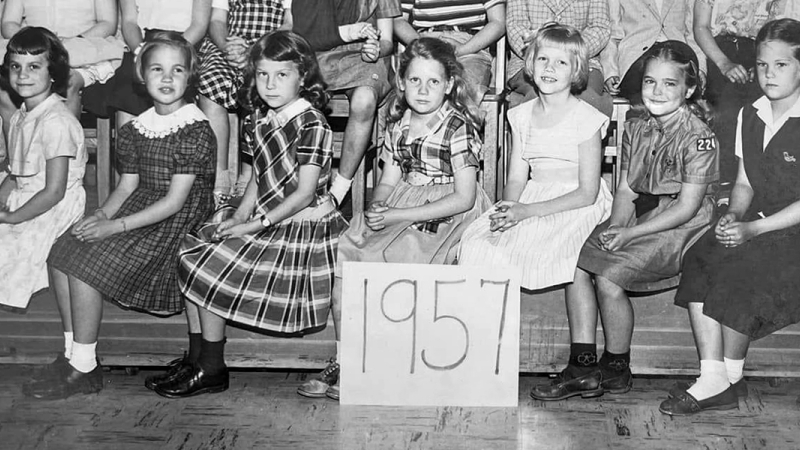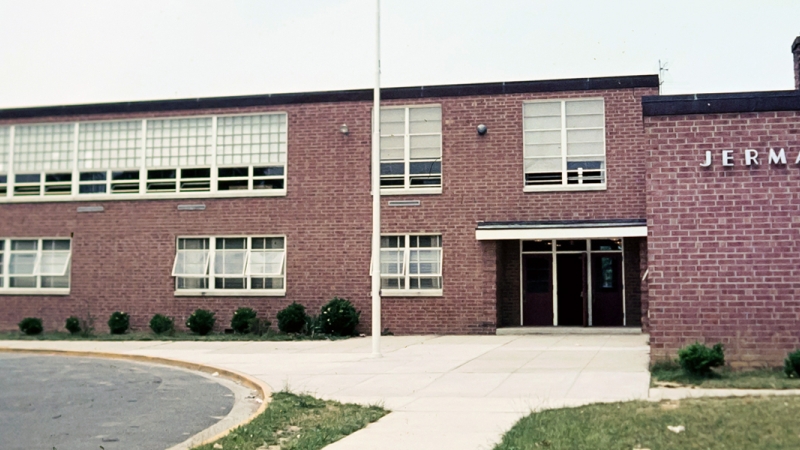
School History: Annandale Elementary School
Remembering Our Past
In September 1922, residents of Annandale asked the Fairfax County School Board to replace the aging two-room schoolhouse in the village. Community members pledged $2,900 in funding to assist in its construction.
It wasn’t until July 1924 that the School Board approved plans for the new building. In the spring of 1925, the Board solicited bids for its construction.
Built at a cost of $22,800 by the Appomattox Construction Company, the four-classroom brick schoolhouse was completed by June 1926. The first principal was Ruby M. Simpson. She taught children in grades five through sevan. Coosa M. Simpson taught the third and fourth graders, and Marie M. Creel taught the combined first and second grade class. Enrollment at the school increased rapidly, from 75 students in 1927 to 188 students in 1931.
During the 1931-32 school year, Annandale had five teachers: Josephine Howdershell, Annie Troth, Kathleen Clarke, Ida Mitchell, and Marie Creel.
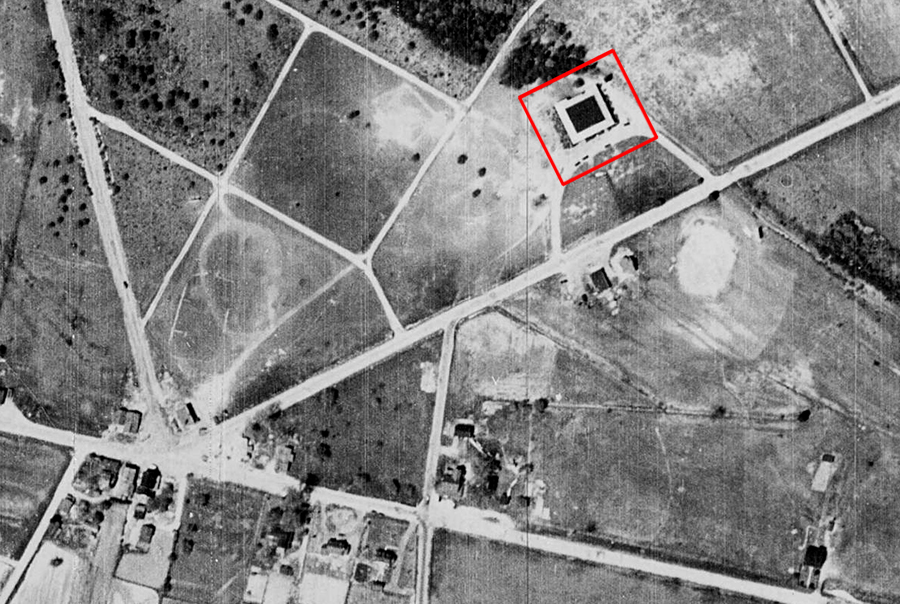
Two Additions in Two Years
In June 1937, construction began on a two-classroom addition. The addition was completed in 60 days for $8,248 by contractor C. C. Vellines of Newport News, Virginia. However, the school remained overcrowded with an enrollment of about 250 students.
In the fall of 1937, it was reported to FCPS Superintendent W. T. Woodson that Annandale’s first grade teacher Lucy Anderson had 55 children enrolled in her class. In January 1938, the School Board directed Superintendent Woodson to plan another two-room addition to Annandale. A loan from the state’s Literary Fund was obtained in June 1938, and construction began in August. In the fall of 1938, with the Great Depression gripping the nation, the federal government’s Works Progress Administration (WPA) furnished hot lunches to underprivileged children at Annandale School.
Annandale in the ‘40s
During the 1940-41 school year, Annandale had 340 students and nine teachers. Principal Josephine N. Howdershell had an annual salary of $1,400. Members of Annandale’s PTA requested the construction of a cafeteria and kitchen for hot lunches. The School Board expressed its willingness to do so once funding became available.
After hours, the school hosted dances and bingo parties to raise funds for community organizations. In 1941, Emmett M. Day was appointed principal. Enrollment had swelled to 403 students. The opening of a new elementary school in Lincolnia the following year decreased enrollment by 100 students. For a few years the teachers had manageable classroom sizes.
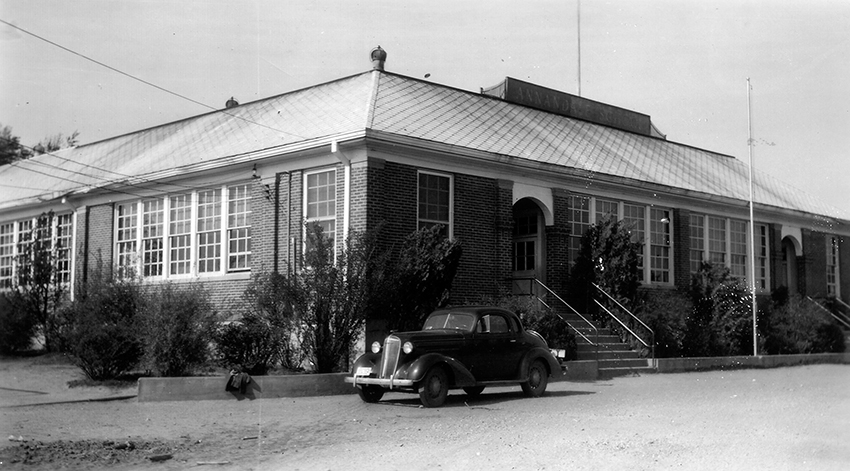
Uncle Sam Needs You!
As World War II unfolded, Fairfax County Public Schools experienced staffing shortages. Male teachers, custodians, and bus drivers were called into military service and some female teachers left for higher-paying positions in the Federal government. In February 1943, two staff members resigned from Annandale. The first was Sue Hart, a teacher, who left for Florida (where her fiancé was stationed) because they were soon to be married. The second was Warren Oliver, the school’s bus driver and custodian, who had been drafted into the armed forces.
During the early 1940s, the congregation of United Baptist Church held services at Annandale Elementary School. From 1944 to 1950, enrollment in FCPS nearly doubled, from approximately 8,200 students to about 15,300 students. In July 1947, the School Board directed that an architect be assigned to prepare plans for an addition to Annandale Elementary School that would include an industrial room, teacher workroom, clinic, office, cafeteria, and kitchen.
The Baby Boom Begins
In August 1947, Ethel G. Sims was appointed principal of Annandale Elementary School, a position she held until 1955. In September 1948, Superintendent Woodson reported to the School Board that Annandale Elementary was severely overcrowded and that the first and second grade classes needed to operate on half-day sessions to accommodate the ever-increasing enrollment. The baby boom was underway.
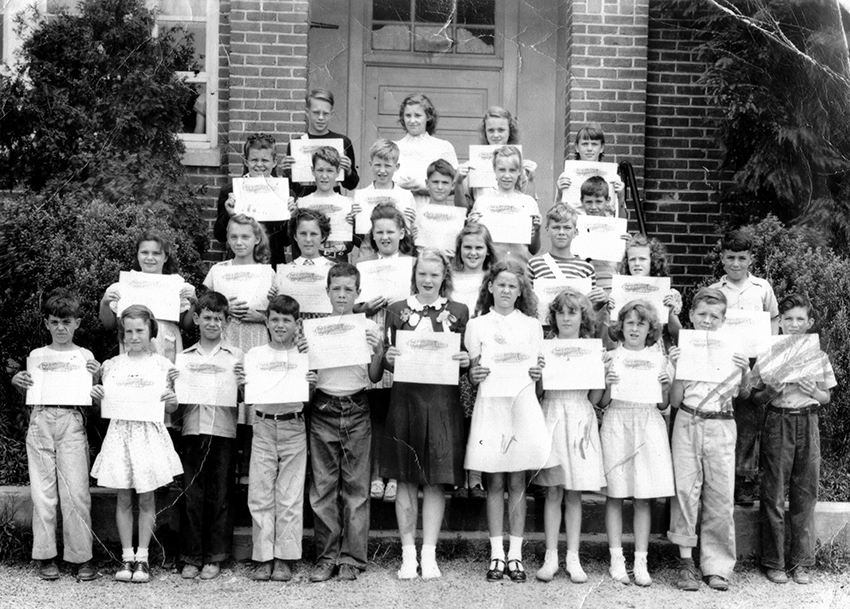
In 1949, United Baptist Church and Annandale United Methodist Church each provided two rooms in their facilities as classrooms for Annandale’s first and second graders. Construction of an addition to Annandale Elementary School stalled when, in September 1949, the State Board of Education reported that the Literary Loan Fund was exhausted.
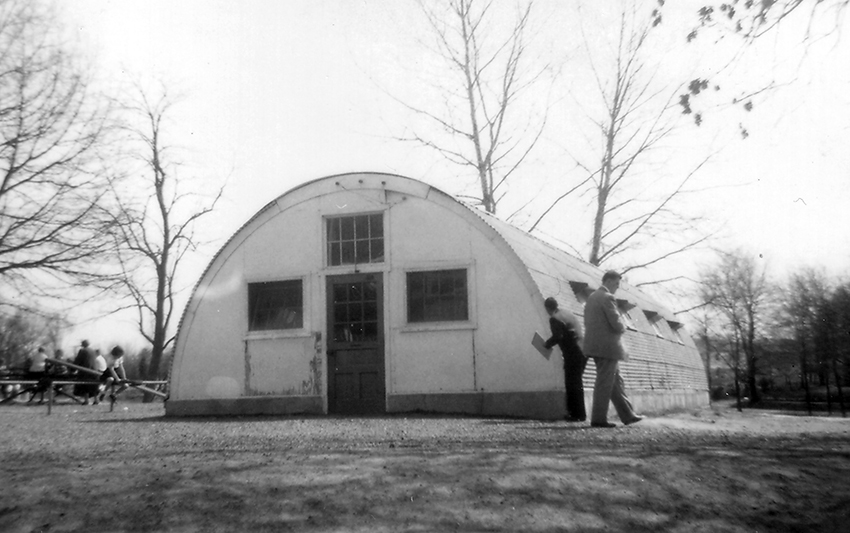
The 1950s
In July 1950, with state funding finally in place, the School Board awarded the contract for the construction of an addition to Annandale Elementary School to Eugene Simpson & Brother, Inc. Built at a cost of $213,497, the two-story addition was scheduled for completion in February 1951.
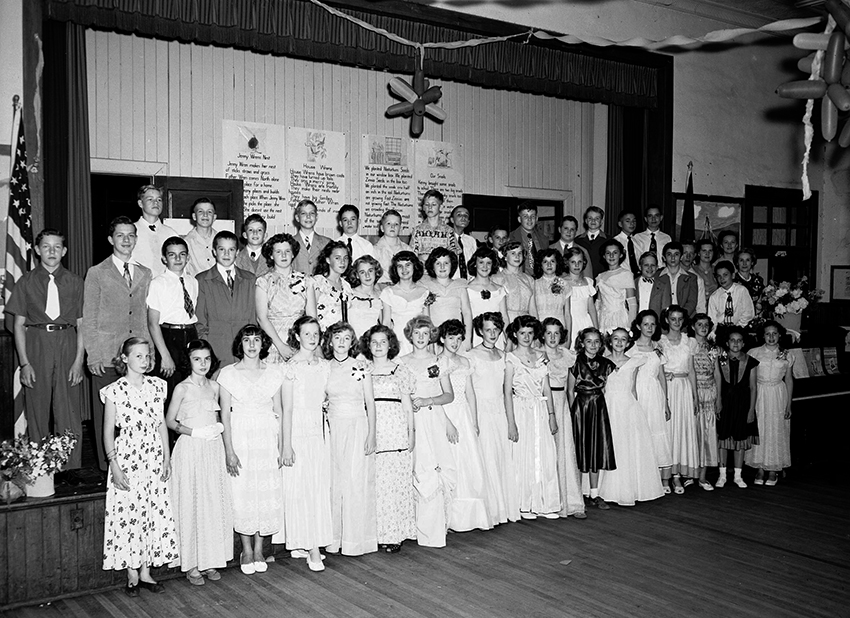
During the 1953-54 school year, Annandale had 18 teachers and a part-time librarian. Principal Sims’ annual salary was $5,900 and teacher salaries ranged from $3,100 to $4,000 annually.
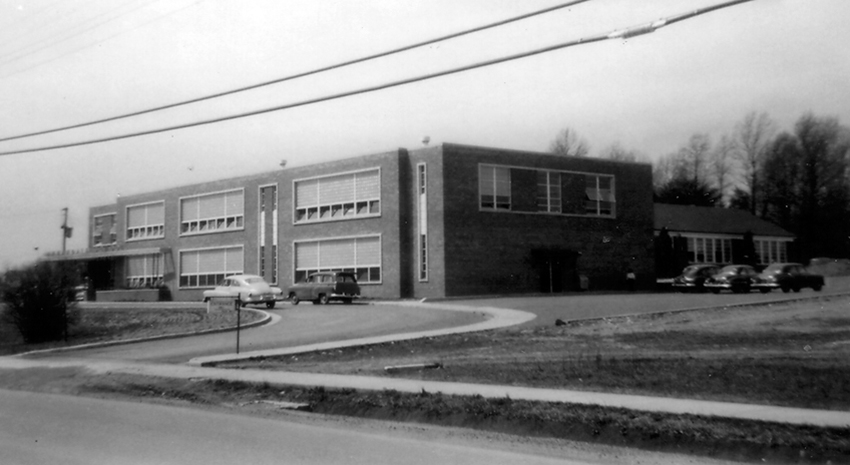
School Desegregation
From 1950 to 1960, enrollment in Fairfax County Public Schools swelled from some 15,300 students at 44 schools to 59,870 students at 94 schools. In 1955, Helen R. McDowell was appointed principal of Annandale Elementary School, a position she held until 1967. In 1954, the landmark Supreme Court case Brown v. Board of Education declared that laws creating separate public schools for white and Black children were unconstitutional. In response, Virginia entered a period of massive resistance to school desegregation. In February 1959, Fairfax County’s Federation of Citizens Associations met at Annandale Elementary School. They unanimously adopted a resolution suggesting the formulation of a plan for the gradual desegregation of Fairfax County’s public schools.
The proposal suggested that desegregation might begin at a definite date in the first grade and proceed to the upper classes “at the rate of one grade a year. It should include a training program for teachers and administrators for dealing with the problems of desegregation and the adjustments of any existing differences in the standards of white and Negro schools,” the Federation said. ~ The Washington Post, February 26, 1959, Page B-1: Fairfax Unit Favors Desegregation Plan
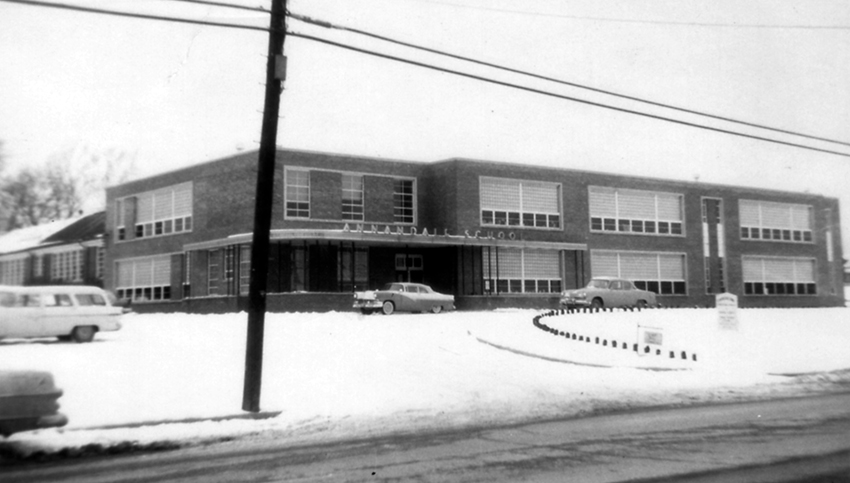
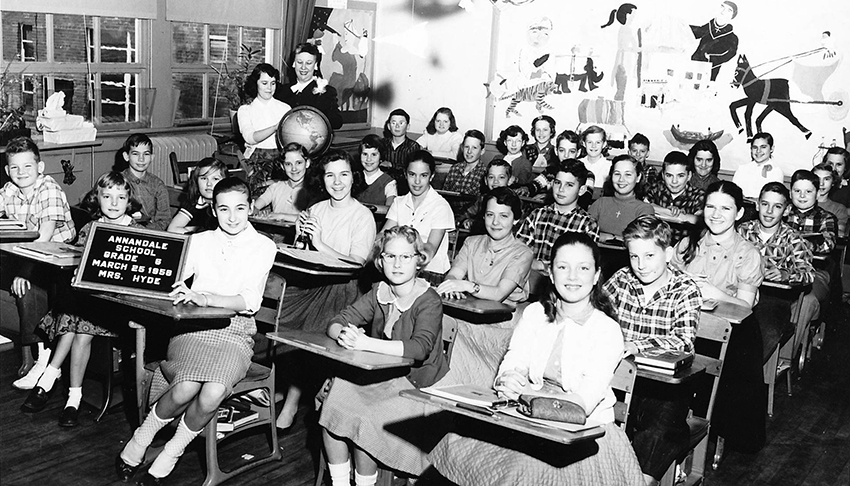
In September 1960, Judge Albert V. Bryan struck down the Fairfax County School Board’s grade-per-year desegregation plan. He ordered that 19 students, who had been parties to the suit against the school system, be admitted to white schools closer to their homes. The desegregation of Fairfax County Public Schools had begun.
Annandale Elementary School Memory Book (1959-60)
The following photographs of Annandale Elementary School’s 1959-60 Memory Book were shared by David Calabrese on the “You know if you grew up in Annandale if…” Facebook group page.
Annandale Closes
In September 1960, FCPS opened its first intermediate schools. Prior to this time, elementary education consisted of grades one through seven.
In 1967, FCPS piloted a kindergarten program in seven schools, which proved so successful that kindergarten was adopted county-wide the following school year. Approximately 8,100 children enrolled in kindergarten classes in the fall of 1968. In 1967, Richard A. Claybrook was named principal of Annandale Elementary School. He served until the school’s closure in 1975.
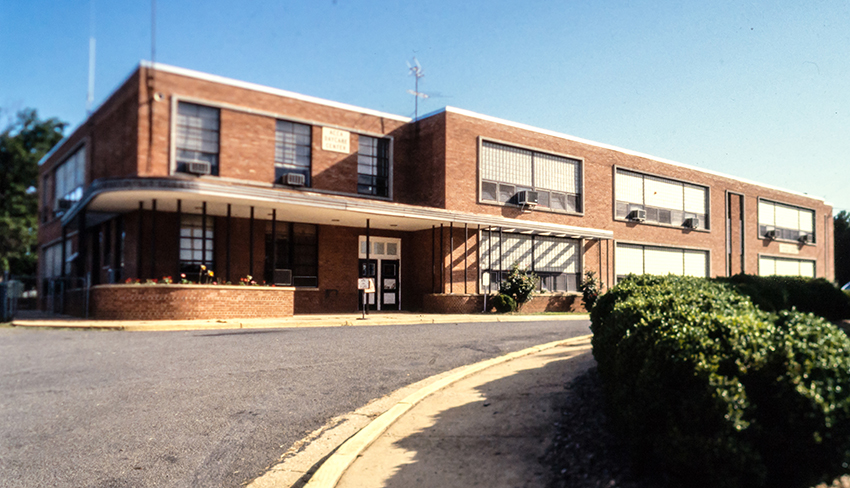
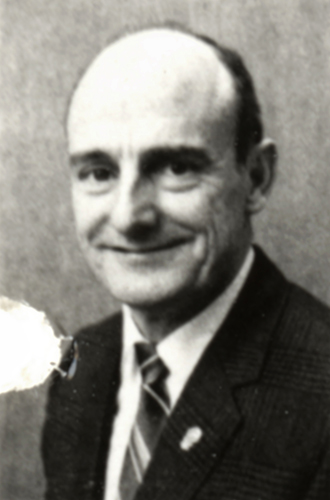
During the 1970s, schools that had seen rapid growth during the post-World War II baby boom were suddenly faced with an abundance of empty classrooms. Due to its location, the age of the school, and the small size of its property which prohibited future growth, the School Board decided in April 1974 to close Annandale Elementary School permanently at the end of the 1974-75 school year.
I feel like this is shattering everything I have tried to build up here for seven years. We have been fearing this for years and now it looks like it’s finally going to happen. The morale and spirit are so strong in this school. It’s sad we have to separate these families and send their children to different schools. I don’t think the closing will be easy on anyone, particularly the students. ~ Principal Richard A. Claybrook, March 28, 1974, The Fairfax Journal
In 1979, Annandale Elementary School was purchased by the Fairfax County Board of Supervisors. Today, the building houses the ACCA Child Development Center.


